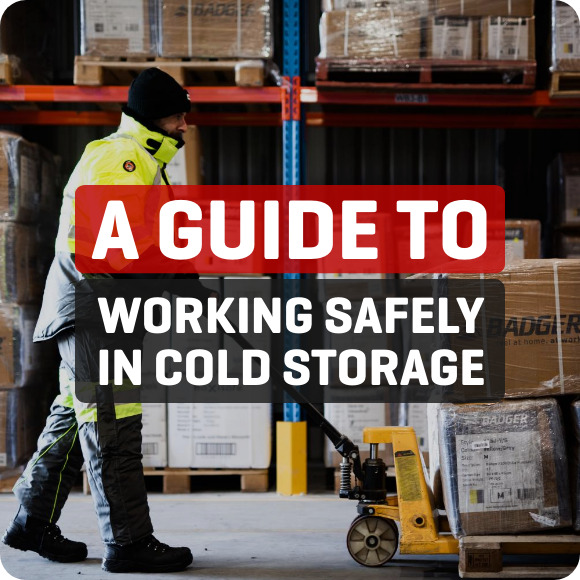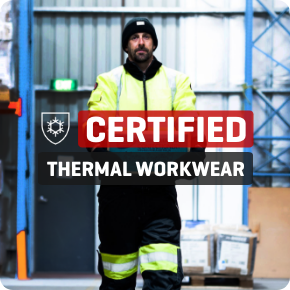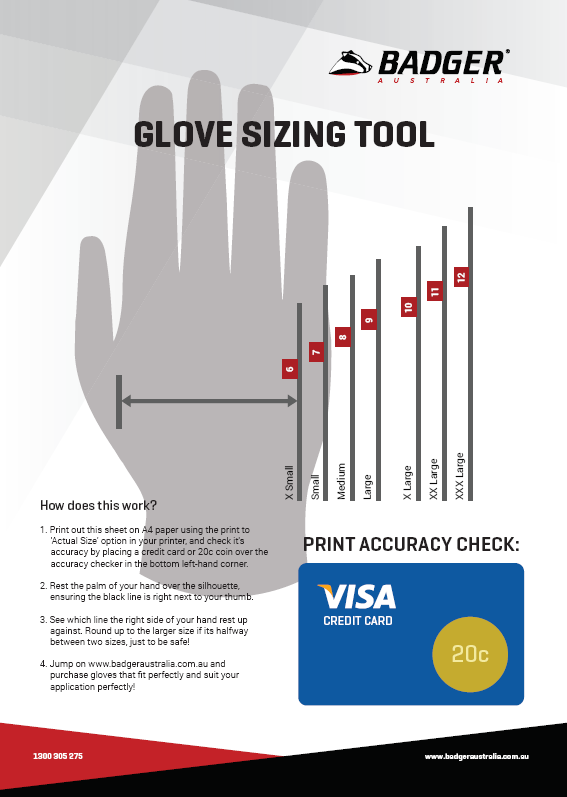
Work gloves are a tool you may use everyday without thinking much about them. If they perform, keep your hands safe and last a couple of weeks, you’re happy. However, there are a few simple tricks you can do that will make your gloves last far longer. These are valuable points and will save you cash, especially if the gloves that you use are something specialised and quite pricey, such as freezer gloves.
1. Buy the right gloves to begin with
Firstly, ensuring you are purchasing gloves that actually suit your job role is vital to maximising their lifetime. To do this, you should establish what you do with your hands each day, the environment you work in and how many hours you use them for each day. You can then either study up on the technical and specifics of gloves yourself or get in touch with an expert, such as one of the Badger Team. Some of the things that our team would consider before making a recommendation include:
- The temperature and nature of the environment you’re working in (i.e. wet/dry, chilled/frozen/ambient)
- The EN388 rating that will best suit your job and will last the longest (i.e. abrasion levels, cut levels)
- Whether there is any requirement for chemical resistance
- Palm coatings, which dip material will last longest in your job role
- Reinforcement points that may be needed because of repetitive tasks you do each day
Buying the right gloves with the right features and attributes to begin with is the first and most important step in making your gloves last as long as possible.
 The Importance of the Buying the Right Size Work Gloves
The Importance of the Buying the Right Size Work Gloves
Purchasing the right size gloves will mean they fit closely around your hand, and don’t get caught on things as you move about your day. If they’re too tight the fabric will be stretched as your hand flexes and moves which will accelerate how quickly they wear through. Use our Glove Sizing Tool to ensure to buy the right fit!
NOTE: Having gloves that are too large or small is also a safety hazard (i.e. baggy gloves are more likely to get caught in machinery).
2. Clean them regularly

Cleaning your work gloves probably seems like a waste of time. You buy them to get dirty, right? However, doing so correctly will generally make your gloves last longer. Grit, grease, dirt and grime are often corrosive or acidic, so as they seep into the pores and fibres of your gloves as you use them (unless they’re waterproof or sealed) they slowly abrade the materials down, from the inside out. By cleaning your gloves, you remove this substance build up and keep the fibres clear, reducing the degradation of the gloves. Some tips for cleaning your work gloves are:
- If they’re leather, remove as much as you can with a brush. Dry clean them if you can, otherwise use a mild soap such as saddle soap and ensure they completely dry before using them again,
- Nylon or cotton/poly gloves require less care and can be washed with ordinary detergents and warm water (around 40°C)
- If they’re coated, use a cold wash instead (under 30°C)
- Dry them properly (more on this later).
3. Dry them after each use

We’ve already mentioned the importance of completely drying your gloves after a wash. However, it is also important to dry them after each use. Take them home after work and leave them inside, lain out, flat overnight. This will give the fibres a chance to dry out completely to ensure they keep their shape and remain safe and comfortable. If they’re always damp there is a higher risk of mould developing and the glove material fibres breaking down.
Having a couple of pairs of gloves and alternating when you wear them throughout the week is a great way to allow them to dry properly after a wear.


 The Importance of the Buying the Right Size Work Gloves
The Importance of the Buying the Right Size Work Gloves